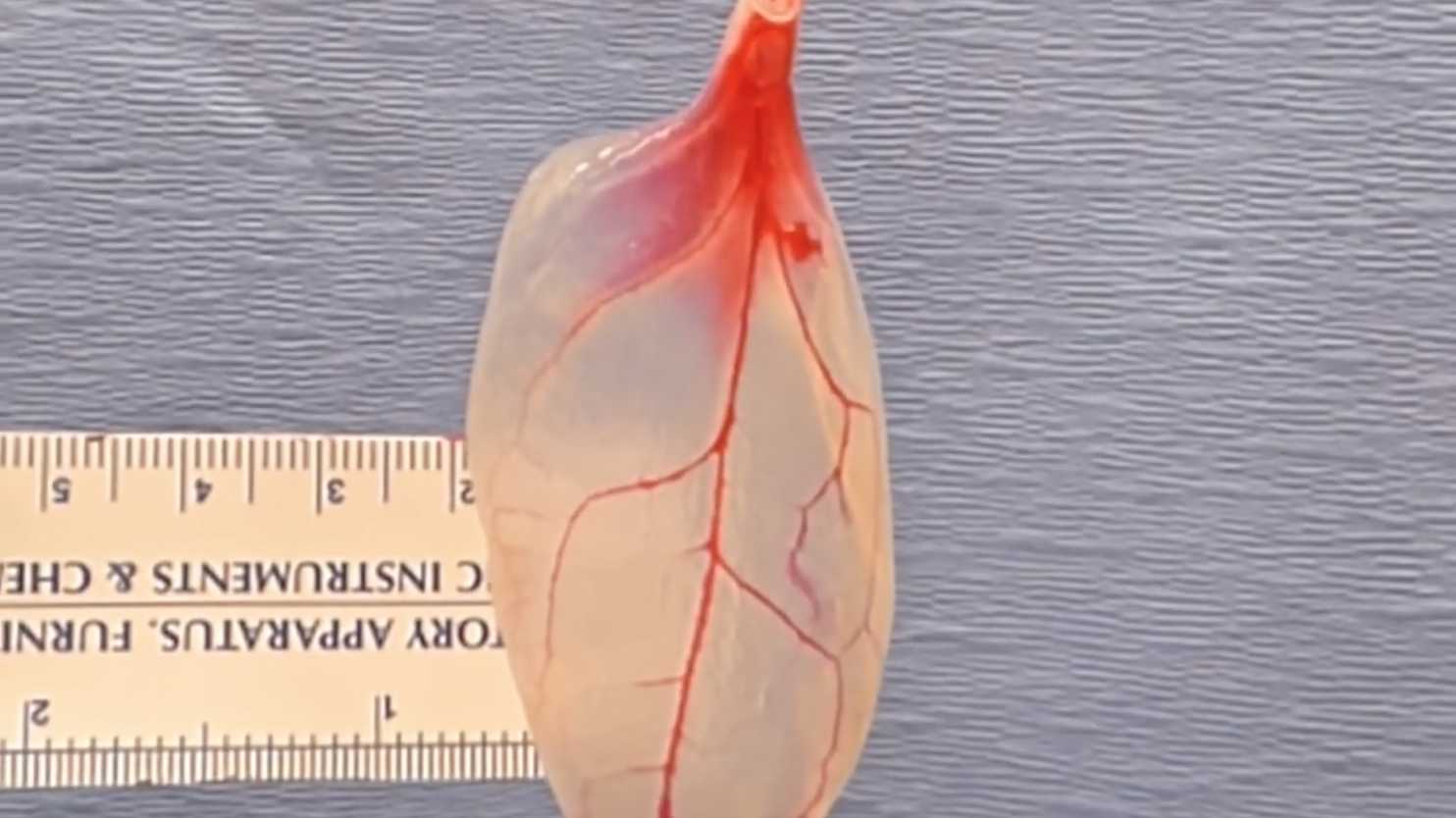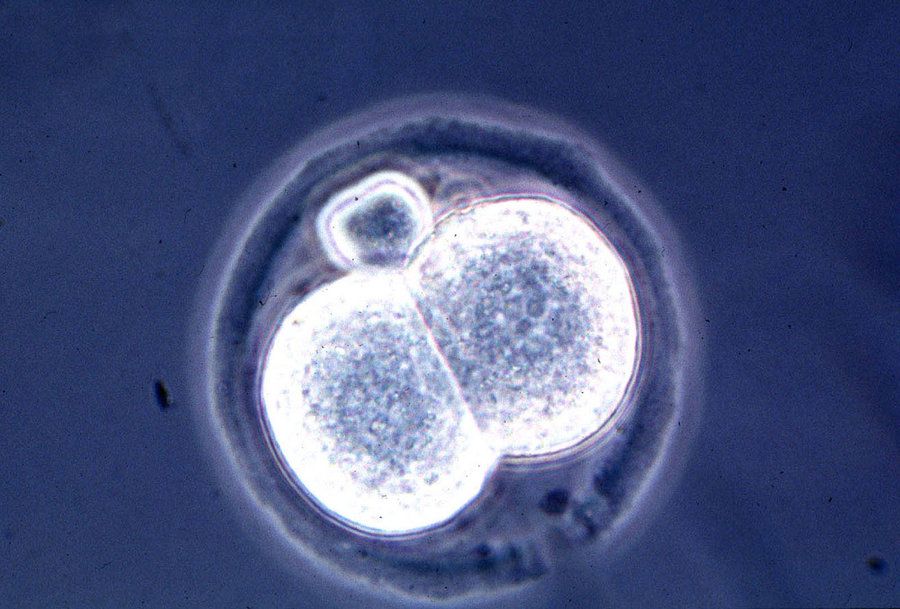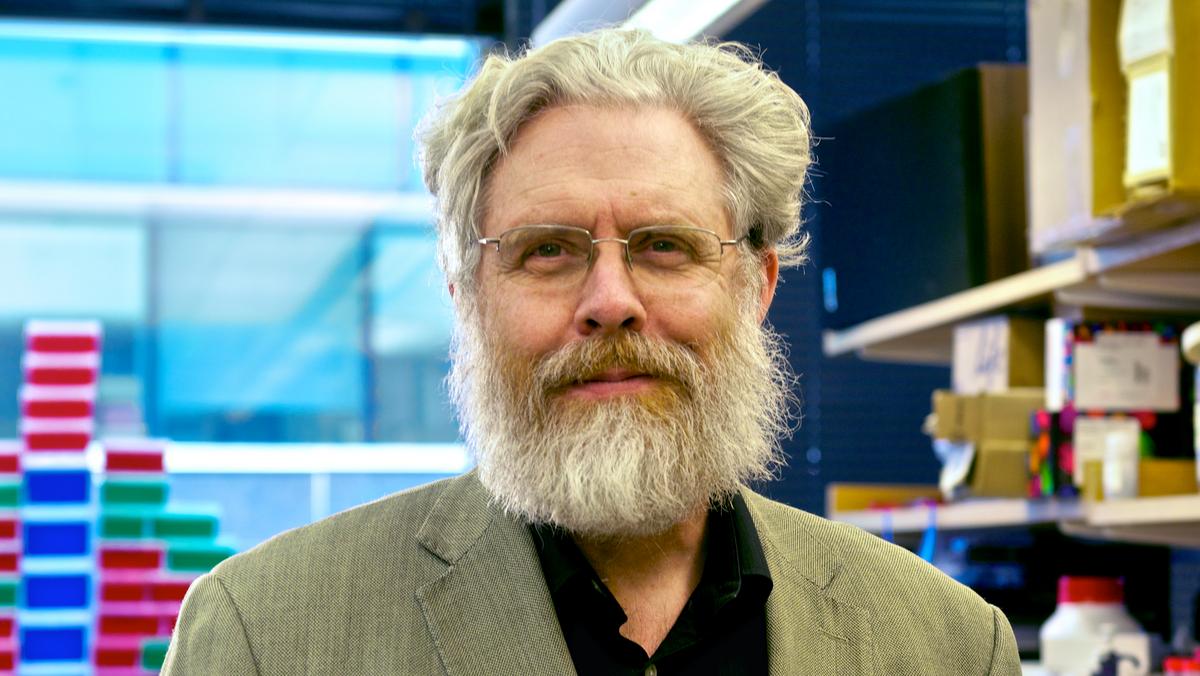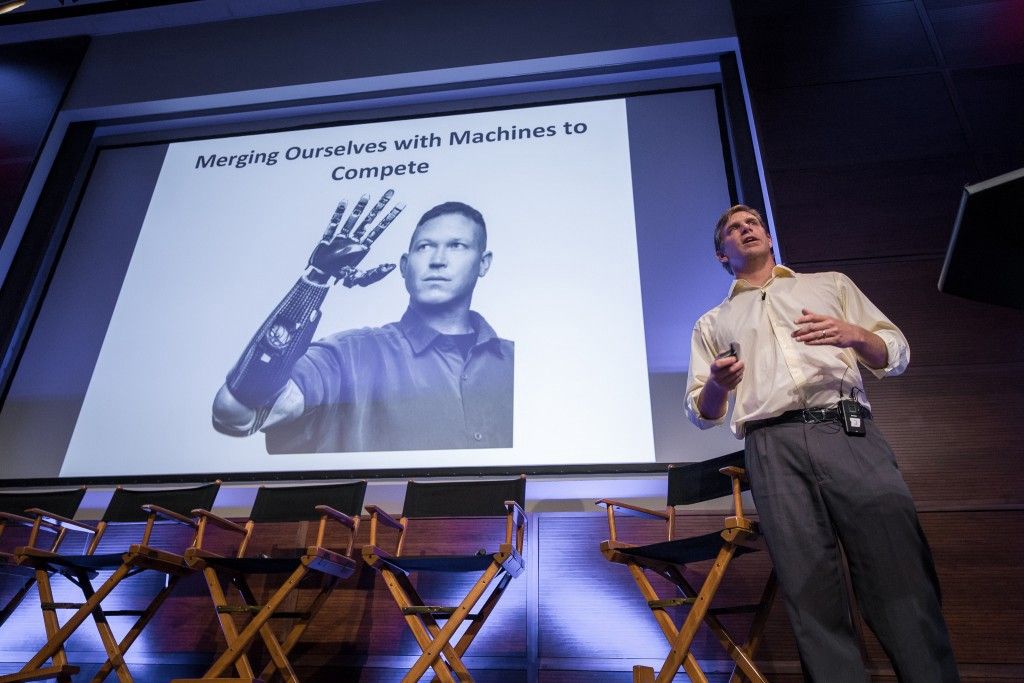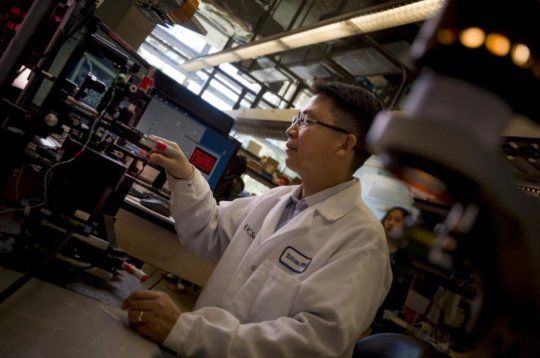Transhumanism stuff out in these stories: http://z-news.link/the-future-of-the-earth-through-the-eyes-of-futurists-photo/ & http://yemcentral.com/2017/03/29/would-robots-make-better-po…an-humans/ & https://player.fm/series/lions-of-liberty-podcast/287-zoltan…nd-liberty
Futurism, or more precisely, futurology, is the study of possible hypotheses, probable and preferred options for the future. To understand what futurists predict in the improvement of the human condition, consider the progress happening in the field of science, medicine and computing.
1. Cure Alzheimer’s disease
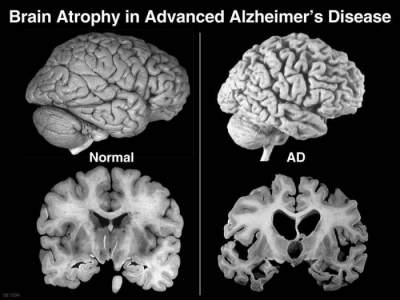
Alzheimer’s disease is type of dementia that causes problems with memory, thinking abilities and behavior. It is a progressive disease, which means that the disease gets worse over time. Only in the US estimated to suffer her 5.4 million people. Today for Alzheimer’s disease there is no cure, but one group of scientists believes that it will be able to figure out a way to deal with it.


